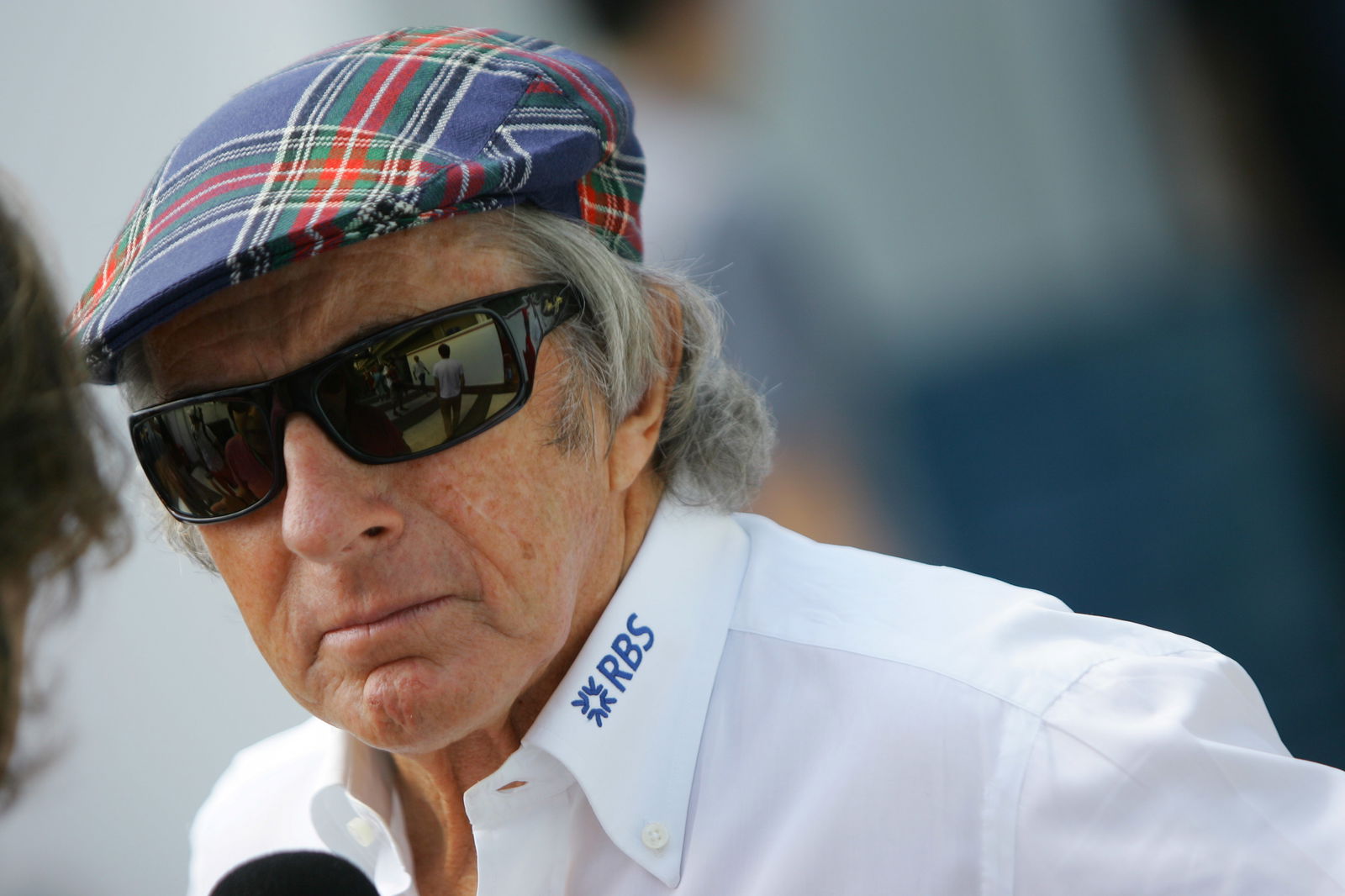Red flag tyre change 'took away something from the race'
Pirelli motorsport director Paul Hembery has conceded that the late tyre change under red flag conditions during last Sunday's Monaco Grand Prix 'took away something from the race' - as calls have been made for a change to the F1 regulations in that respect.
Having made his first - and, as it would transpire, only - pit-stop of the race as early as lap 16 around the narrow, tortuous streets of Monte Carlo, Sebastian Vettel's tyres were struggling to hang on in the closing stages, with BBC F1 commentator Martin Brundle suggesting they were about to about to 'fall off the cliff'. What's more, the runaway early-season world championship leader had Fernando Alonso - who had stopped far more recently on lap 34 - and Jenson Button on even fresher rubber still, breathing right down his neck.
With a bahnstorming finish in prospect between the ailing hunted and his feisty hunters, the red flags flew on lap 72 for the multiple accident that eliminated Lotus Renault GP ace Vitaly Petrov and Scuderia Toro Rosso's Jaime Alguersuari from contention.
With all of the drivers being permitted to bolt on a new set of rubber on the grid ahead of the re-start and thereby equalising out performance once again, the hitherto escalating tension was pricked like a balloon, and for the victory-chasing trio, the remaining six laps somewhat predictably unfolded in the habitual Monaco manner of a mundane procession.
"I had a lot of people shouting at me from the boats around the harbour, saying, 'why were they allowed to change?'" Hembery told British newspaper The Sun, admitting that the move robbed F1 fans of a potentially thrilling finish and Alonso and Button of the opportunity to turn the tables on Vettel. "It took away something from the race. I don't really understand why they are allowed to change tyres. It was a shame."
Two-time Le Mans 24 Hours-winner Allan McNish - a driver steward in the glamorous Principality over the weekend - concurred with that view, telling The Guardian that the way in which such a situation is handled at La Sarthe makes for far more nail-biting action, adding that 'regulations are always borne out of experience and then adapted because of experience'.
"It's complete parc ferm? regulations," the Scot explained. "You can't work on the car in any way whatsoever. Even if you have bodywork damage, you can't repair it - you've got to re-start the race as you finished, so that if you've got a good strategy or a bad strategy, you have to re-start as if nothing had happened."
The Guardian muses that the rule permitting tyre changes during grand prix stoppages should be fine-tuned to limit it merely to a sudden deterioration or improvement in the weather conditions that might necessitate a switch to slicks, intermediates or wet-weather rubber as appropriate. As such, the regulation would be implemented solely on safety grounds rather than serving to negatively impact upon the pre-existing status quo when there is no need.
Meanwhile, writing in his blog The Race Driver, experienced F1 scribe Peter Windsor asks whether the Monaco Grand Prix should even have been re-started at all, given that the required 75 per cent distance to award full points had been comfortably completed - and luckless Williams rookie Pastor Maldonado would doubtless concur.
FIA race director Charlie Whiting, however, explains that 'for at least the past six or seven years', a red flag scenario during a race is tantamount to a stationary safety car period, in acting as a suspension of the action rather than the end of it.
